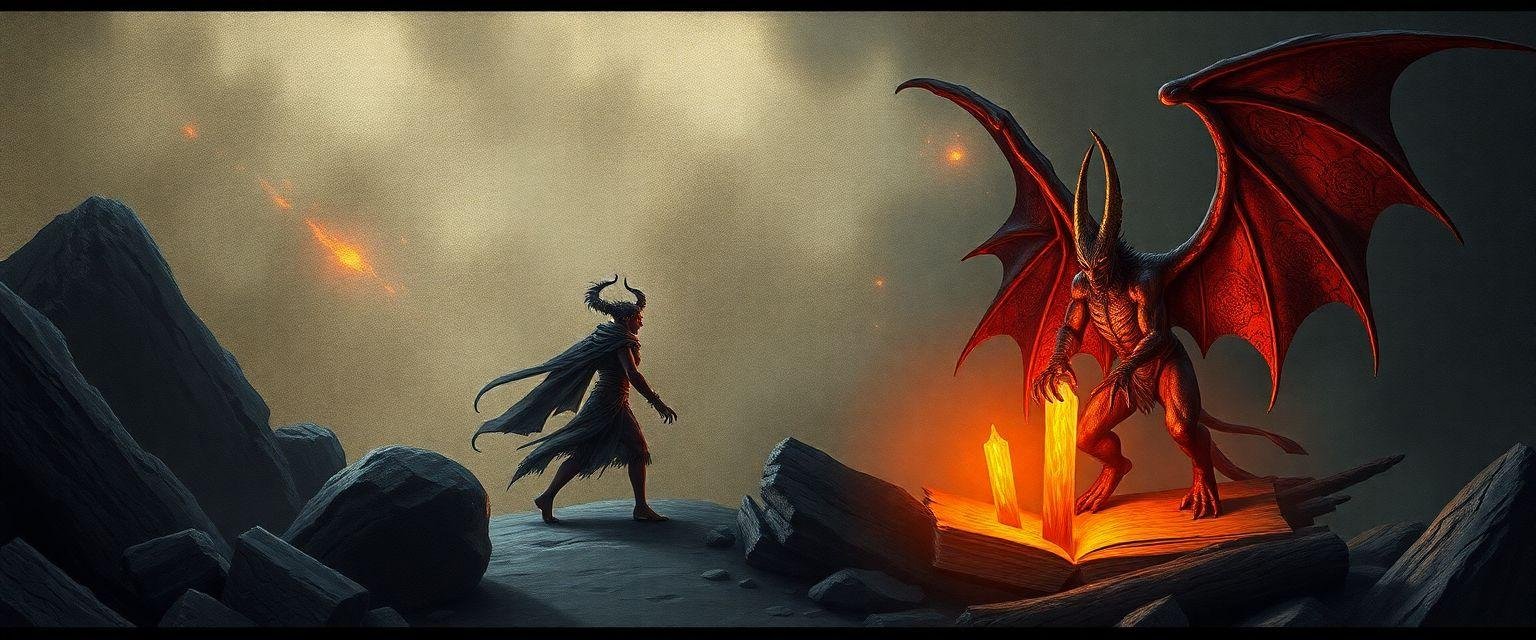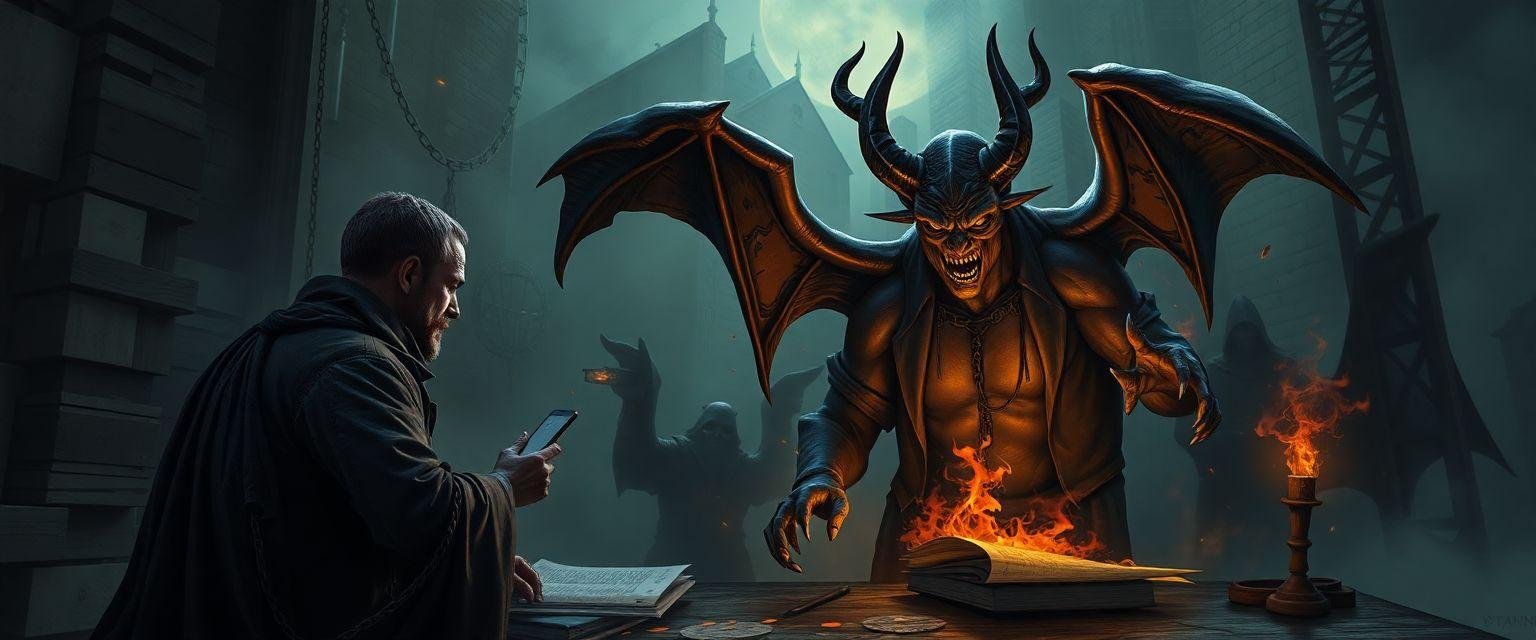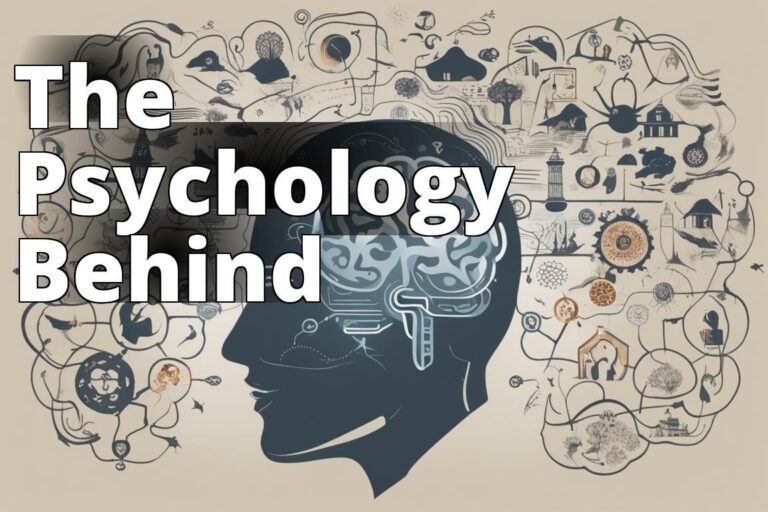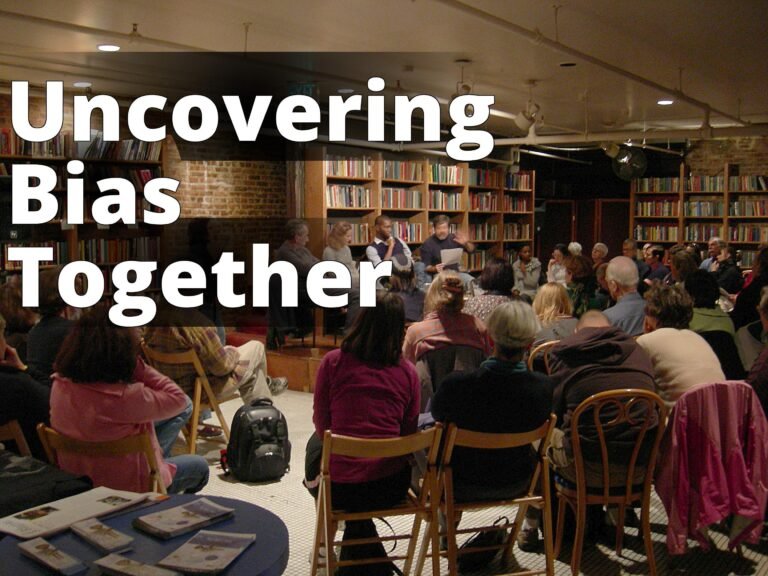Demonology: The Study of Demons
Have you ever wondered what really lurks in the shadows? This isn’t just a question for Halloween enthusiasts; it’s a genuine inquiry into the dark corners of human belief and history where demons reside. Demonology, the study of demons, is not just a relic of ancient superstitionit’s a field that continues to fascinate and terrify. But what exactly is demonology, and who are the individuals that dare to delve into its mysteries? Hold tight as we embark on a journey through the sinister yet captivating world of demons.
Explore Demon Classes and Powers
Discover the various classes of demons and their unique abilities, along with insights into demonology and protection methods.
– What are the main classes of demons? The primary types include Fallen Angels, Watchers, Shedim, Lilin, Incubus and Succubus, and Qliphoth, each possessing distinct powers.
– How do demons manifest in different religions? Christianity, Judaism, and Islam all depict demons with unique characteristics and roles, influencing cultural beliefs and practices.
– What are the signs of demonic activity? Common signs include unexplained noises, sudden mood changes, and physical disturbances, indicating potential demonic influence.
What Is Demonology?
Demonology is the systematic study of demons or beliefs about demons. It’s a branch of theology that deals with the classification, powers, and actions of demons. Historically, demonology has been an essential aspect of various cultures and religions, where it was believed that demons played a crucial role in the spiritual and physical world.
In our modern age, demonology has evolved into a blend of historical study, religious belief, and popular culture. While some view it as a pseudoscience, others see it as a legitimate field that provides insights into the dark side of spirituality. The study of demonology is not just about understanding demons, but also about understanding humanity’s eternal struggle between good and evil.

Insider Tip: According to Dr. Richard Gallagher, a psychiatrist who studies cases of possession, demonology is essential for understanding the psychological and spiritual battles individuals face.
What Is a Demon?
Demons are often perceived as malevolent supernatural beings. They are commonly depicted as evil entities that possess humans, cause harm, and create chaos. But demons are not just limited to the fiery pits of hell; they have been part of various cultural mythologies, each with its own interpretations and characteristics.
In different traditions, demons can be fallen angels, spirits of the dead, or entities that exist to tempt and torment humans. They are often attributed with supernatural powers that can influence the physical world. To truly understand the complexity of demons, one must explore their roles across different cultures and religions.
Thought-Provoking Question: Could the fear of demons actually be a reflection of our own inner fears and insecurities?
What Is a Demonologist?
A demonologist is someone who studies demons professionally or as a hobby. These brave souls often find themselves at the intersection of theology, history, and the supernatural. Demonologists may work within religious institutions, conduct independent research, or even join paranormal investigation teams.
The role of a demonologist is not just academic; it’s also practical. They might be called upon to identify and combat demonic presences in cases of alleged hauntings or possessions. This makes demonologists both scholars and warriors on the spiritual battlefield.
Insider Tip: Lorraine Warren, a famous demonologist, once said that understanding the demonic is essential to combating it.
Types of Demons
Demons come in various forms and with different powers. Each demon type has unique characteristics and historical backgrounds that have been documented through religious texts and folklore.
Fallen Angels
Fallen angels are perhaps the most well-known type of demons. They are angels who were cast out of heaven due to their rebellion against God. The most infamous fallen angel is Lucifer, who became Satan. These beings are often depicted as powerful and cunning, capable of influencing humans to stray from the path of righteousness.

Reference: Learn more about fallen angels from this article on Britannica.
Watchers
The Watchers are a group of angels mentioned in the Book of Enoch, an ancient Jewish text. These angels descended to earth and took human wives, leading to the birth of the Nephilim, giants who were said to be the product of their forbidden union. The Watchers are considered demons due to their defiance of divine order.
Shedim
In Jewish mythology, Shedim are spirits that can be both benevolent and malevolent. They are mentioned in the Talmud and other Jewish texts. Shedim were believed to inhabit desolate places and could possess humans, influencing their actions and behaviors.
Lilin
Lilin are female demons from Jewish folklore, often associated with Lilith, the first wife of Adam in some traditions. These demons are said to prey on pregnant women and infants, embodying the fears and dangers surrounding childbirth and early life.
Incubus and Succubus
These demons are known for their sexual nature. An incubus is a male demon believed to lie upon sleeping women to engage in sexual activity. A succubus is the female counterpart who preys on men. These demons are often blamed for sleep paralysis and mysterious nighttime encounters.
Thought-Provoking Question: Could modern accounts of alien abductions be a cultural evolution of the incubus and succubus legends?
Qliphoth
In Kabbalistic mysticism, the Qliphoth represents the darker, evil aspects of the universe. These entities are considered the antithesis of the Sephiroth, the divine emanations in the Tree of Life. The Qliphoth are chaotic forces that disrupt the harmony of creation.
Demons in Religion and Mythology
Demons have been a part of human belief systems for centuries, with each religion offering its own take on these entities.
Christianity
In Christianity, demons are often associated with Satan and his fallen angels. They are seen as tempters and deceivers who seek to lead humans away from God. The New Testament contains numerous accounts of Jesus casting out demons, illustrating their perceived threat to human souls.
Judaism
Judaism offers a more complex view of demons, with texts like the Talmud and Kabbalah providing various interpretations. While some demons are considered evil, others are seen as neutral forces that can be either beneficial or harmful, depending on the circumstances.
Islam
In Islam, demons are known as jinn. These beings are created from smokeless fire and possess free will, much like humans. Jinn can be good, evil, or neutral, and they play a significant role in Islamic theology and folklore.
Reference: For an in-depth exploration of jinn in Islam, visit this resource on Islamic beliefs.
How to Become a Demonologist
Becoming a demonologist is not a straightforward path. It requires a deep understanding of theology, history, and the paranormal. Many demonologists start with a strong foundation in religious studies or history and then move into specialized areas of demonology.
Practical experience is also crucial. Many aspiring demonologists join paranormal investigation groups to gain firsthand experience in identifying and dealing with demonic activity. It’s a field that demands both academic rigor and a willingness to confront the unknown.

Signs of Demonic Activity
Identifying demonic activity involves recognizing various signs that may indicate a supernatural presence. These signs can include:
- Unexplained physical phenomena, such as objects moving on their own
- Sudden temperature changes in a room
- Strange noises or voices
- Unusual behavior in individuals, especially if they exhibit knowledge or abilities beyond their normal capacities
Insider Tip: Ed Warren, a renowned demonologist, advised always seeking a rational explanation for phenomena before attributing them to the supernatural.
How to Protect Yourself From Demons
Protection from demons involves both physical and spiritual measures. Here are some practical tips:
- Maintain a strong spiritual practice, such as prayer or meditation, to strengthen your inner defenses.
- Keep your living space clean and free of clutter, as demons are said to thrive in chaotic environments.
- Use protective symbols or objects, like crosses or talismans, depending on your beliefs.
Thought-Provoking Question: How much of our fear of demons is fueled by cultural storytelling versus actual experiences?
Exorcism and Deliverance
Exorcism is the practice of expelling demons from a person or place. It is a ritual that has been part of many religious traditions, most notably Christianity. The Catholic Church has a formal rite of exorcism, which is performed by a priest with the bishop’s permission.
Deliverance is a similar process but is often less formal and can be performed by laypeople. Both practices involve invoking divine power to combat and remove demonic entities.

Reference: For a deeper understanding of exorcism, check out this detailed explanation on Catholic rituals.
Conclusion
Demonology opens a window into the darker aspects of human belief and the supernatural. It’s a field that challenges our understanding of good and evil, providing a unique lens through which to view the world. Whether you’re a skeptic or a believer, exploring the classes of demons and their powers can lead to a deeper understanding of the human psyche and our eternal struggle against the unknown. As we navigate the shadows, it’s worth asking ourselves: are demons merely the personification of our fears, or do they represent something far more sinister lurking just beyond our comprehension?






